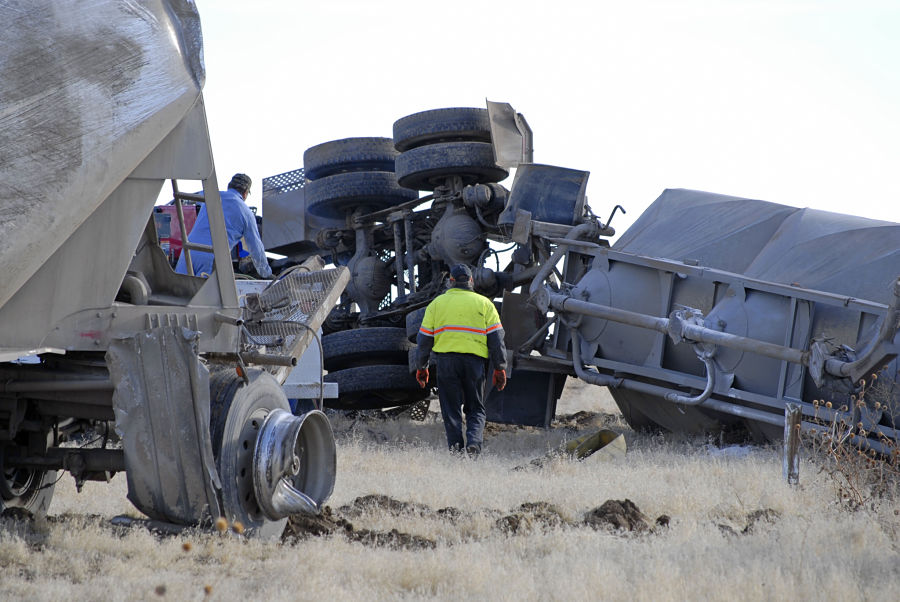
In almost all pedestrian vs. car accidents, the person on foot always sustains severe injuries. According to the National Highway Traffic Safety Administration, close to six thousand pedestrians were killed in auto accidents in the United States. Because of the severe injuries to pedestrians, drivers will most likely be held at fault. However, that should not always be the case. Consult Grand Junction Auto Accident Lawyers to discuss your claim and ensure you are rightfully compensated in these accidents. So, how is liability established?
Clear and obvious faults
We will consider a pedestrian as any person walking, hiking, sitting, jogging, or lying down who is involved in an accident. Some cases will automatically be clear on the party at fault. For example, a driver who hits a pedestrian because they did not stop at the red lights will definitely be held at fault. Consequently, a driver who makes a right turn when the red light is on will also be held liable. Here, the pedestrian will file a lawsuit against the driver for full compensation.
However, pedestrians are deemed to be on a better ground of avoiding accidents compared to car drivers. Obviously, this is because they are the party that enters the roadways for accidents to occur. Therefore, they decide when and where to do it. Pedestrians are liable automatically if they:
- Enter the roadway while intoxicated
- Walk along prohibited highways, causeways, and bridges.
- Jaywalk outside or in the middle of the streets
- Cross the road while the red right is still indicating “do not walk” red light
Even with these circumstances, both parties are expected to follow road rules and exercise a reasonable level of care. The party that fails to follow these rules is negligent and responsible for compensating the other party.
When do pedestrians and vehicle drivers share liability?
It will not always be a clear fault that holds one party 100% liable for an accident. Sometimes, they will share fault. A good example is when the pedestrian jaywalks causing the accident, but the driver was also speeding beyond the set limit for that zone. Additionally, the driver will share liability if they hit a pedestrian at fault, but they were also distracted. So, what happens in shared fault cases?
Comparative and contributory negligence
Comparative negligence allows parties to receive compensation but is affected by their degree of involvement in an accident. For example, if the pedestrian was 30% involved, their compensation will be reduced by a similar amount. Most states follow this guideline.
Contributory negligence is a harsh rule that is rarely used by states in America. It is also known as an all-or-nothing system. If the party filing a lawsuit was involved somehow, they will not collect anything for the damages. Luckily, it is only used by a few.
Working with an attorney
As discussed above, liability in these cases can be complicated. Therefore, insurance companies will take advantage to avoid paying claims or pay less. However, nothing can go wrong with an experienced attorney by your side. Consult a Grand Junction Auto Accident Lawyers by booking an appointment online or call the offices at (970) 644-5194 for passionate representation.

